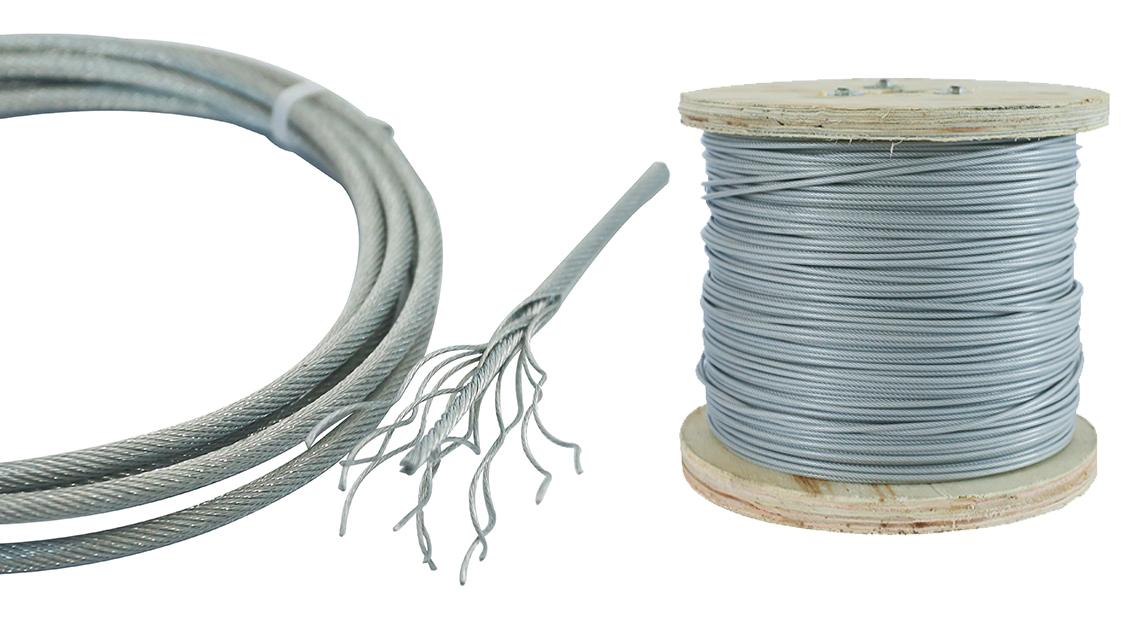Wire ropes in which adjacent layers of wires in the strands are in point contact are also called non-parallel twisted wire ropes.
The strands of this kind of steel wire rope (except the central steel wire) are all twisted with steel wires of the same specification. The lay angles of the steel wires in each layer are equal but the lay lengths are different. Wire ropes fall into this category.
The wires in the strands are arranged concentrically, and the difference in the number of wires in adjacent layers is 6 wires. The twisting methods include right alternating twist, left alternating twist, right same direction twist, and left same direction twist.
There are strands with fiber core and without fiber core, and there are coated and uncoated strands. Wire ropes twisted by strands have fiber cores and metal cores.
The point contact wire rope is softer and simple to manufacture, but its performance is not as good as the line contact wire rope, and even more so than the non-contact wire rope.
When in use, the steel wires in the rope are prone to slippage. When the external force is applied, two forms of bending stress are generated on the steel wire at the same time, that is, the primary bending stress generated when the steel wire passes through the pulley or the drum and the one generated by the mutual extrusion of the steel wires between layers.
Secondary bending stress. What’s more, when the steel wire floats due to the loose structure, three bending stresses will be generated. Therefore, when in use, the bending stress of the steel wire rope is large, and the fatigue resistance is poor.
The strand structure of the point-contact steel wire rope is looser, and the sliding between the steel wires is larger after the force is applied, the elongation is larger, and the density coefficient is smaller. It can withstand greater loads than wire ropes.
It is often used in small diameter (below 10mm) and large diameter (above 60mm), as well as occasions where convenient operation needs to be considered, such as hoisting and strapping.
Post time: Nov-19-2021





